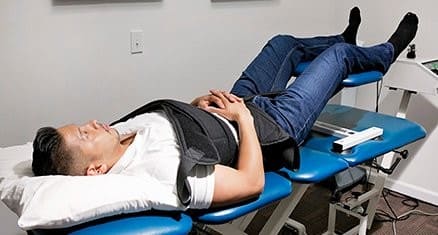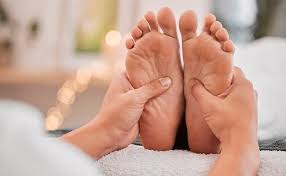Spinal Decompression Therapy
Spinal Decompression: What Is It? Spinal decompression therapy is used to relieve pressure on the spinal discs and nerves. It involves gently stretching the spine, which creates negative pressure within the discs, allowing bulging or herniated discs to retract and promoting the flow of oxygen, water, and nutrient-rich fluids into the discs. This process can…










